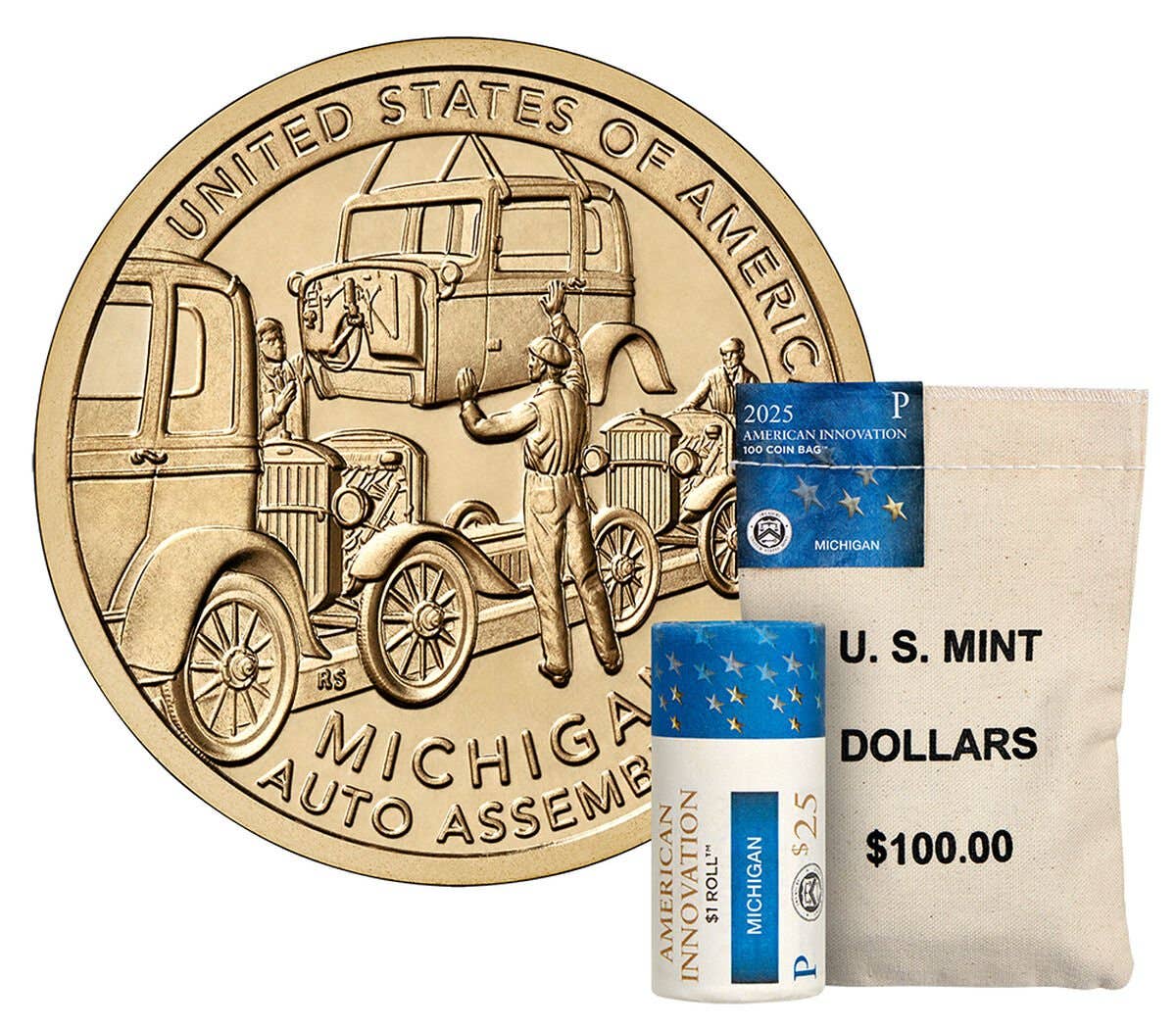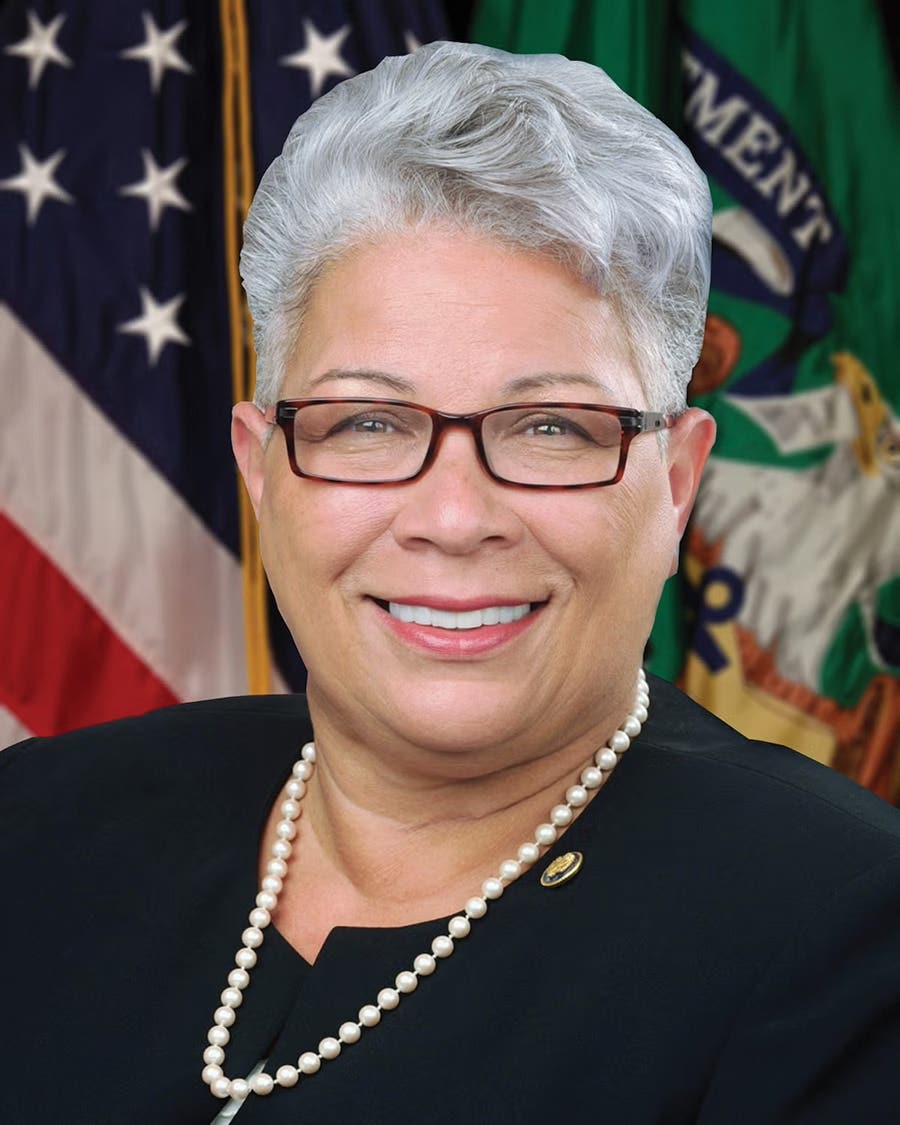Birth of a Motto
What do you know about “In God We Trust,” the motto on U.S. coins and currency? Do you know that it first appeared on the 1864 two cent pieces? Or…
What do you know about “In God We Trust,” the motto on U.S. coins and currency? Do you know that it first appeared on the 1864 two cent pieces? Or that its addition was a reaction to the carnage of the Civil War? By the way, don’t you think “Civil War” is an oxymoron? Shouldn’t it be “Uncivil War?”
If you know the facts I stated above, then you know as much as I did when I picked up William Bierly’s In God We Trust: The American Civil War, Money, Banking, and Religion. Bierly’s book was published in 2019 by Whitman Publishing, LLC.
William (Bill) Bierly grew up on a farm in Indiana and started collecting coins from pocket change when he was eight. After high school, he earned a bachelor’s degree in sociology and economic development from Indiana University, with a minor in Chinese studies. After working in India as a Peace Corps volunteer, he spent three years in Osaka, Japan. Following a five-year period as a small business owner, Bierly returned to Indiana University to earn an MBA in finance. His MBA afforded him entry into the world of commercial banking, and he was employed by J.P. Morgan Chase for many years. As well as working in Chicago, Detroit, and Columbus, Ohio, Bierly made frequent trips to Asia.
Through all this, Bierly continued collecting coins, focusing on Civil War period coinage and patterns of the period. Bierly is an active member of many organizations, including the ANA and ANS, the Chicago Coin Club, and the Civil War Token Society. At coin shows, he’s an exhibitor and volunteers as an exhibit judge.
In God We Trust is a look at the Civil War from a different perspective than other books on the subject. Whereas other books deal with either the military or political sides of the conflict or both, Bierly concentrates on religious and economic aspects.
Titled “The Preamble,” Bierly’s first chapter looks at both the constitution of the United States and that of the Confederate States of America. The CSA viewed the American Constitution as a Godless document. Bierly tells us, “The Constitution is quite secular, written as a legal document in a time when the authors were mainly concerned with securing secular and political freedom, not spiritual salvation.”
On the other hand, religion in America had changed significantly by the time the Confederate delegates began to pen their constitution. Changes in the national culture had made it more permissible to invoke a deity at the time the CSA delegates were writing their constitution than it had been for the Founders in the late 18th century. The resulting document “. . . allowed the South to take on a sense of moral superiority over its Northern opponents. . . .” Not surprisingly, the Southern document “. . . inspired efforts in the North to get God into their own old federal constitution and correct the oversight of the Founding Fathers.”
Chapter 2 is the story of a Baptist minister, the Reverend Mark R. Watkinson, who was moved in November 1861 to write a letter to Treasury Secretary Salmon P. Chase. The letter called for words on a coin that “. . . would relieve us from the ignominy of heathenism.” The lack of religious text in the Constitution, he felt, was undoubtedly one “. . . of the causes of our present national disasters.” A plaque on a Baptist church where Watkinson had been the minister states in part: “His letter to the Treasury Department inspired President Lincoln to add ‘In God We Trust’ to all U.S. currency.”
“The Memo,” chapter 3, details the story of Secretary Chase. I found the cutline under a picture of an 1826 Bust half dollar amusing: “When Salmon Chase asked an uncle to help him find a government job, his uncle instead offered him a half dollar to buy a shovel and start a less ruinous career.” His career, which put Chase in position to receive the letter from Reverend Watkinson in 1861, stimulated Chase to send a memo to James Pollock, Director of the Mint. The memo read, in part: “The trust of our people in God should be declared on our national coins. You will cause a device to be prepared without unnecessary delay with a motto expressing in the fewest and tersest words possible this national recognition.”
Next, Bierly covers Pollock in depth, and we find that Pollock followed the receipt of Chase’s memo by consulting with then Mint engraver, James B. Longacre. Longacre, in turn, considered a number of differently worded mottos, including “Our Trust Is in God,” which he decided had too many characters. “God Our Trust” was another motto considered, and this appeared on patterns for the half dollar and eagle coins. After Pollock proposed this last version to Chase, the matter died, perhaps because of the country’s financial crisis.
Undeterred, Pollock sent another missive to Chase in 1862, reminding Chase of his previous letter. He ended his letter with the following statement: “. . . as the time is now at hand when the preparation of the dies for the coinage of 1863 must be commenced I beg to call your attention to my letter [of 1861], and to request that you will furnish me with your idea on the issue in question as soon as convenient.” Fortunately, Pollock was persistent in pushing the motto matter with Chase, and more patterns with “God Our Trust” were produced. In a chapter on “God Our Trust” patterns, Bierly also discusses coin alternatives, such as postage stamps, encased postage stamps, and postal currency. There’s also extensive coverage of Civil War tokens and store cards.
Near the end of 1863, we finally see a note from Chase to Pollock that mentions the motto “In God We Trust.” He also mentions another possibility that was obviously not employed: “God Is Our Shield.”
Bierly’s book is a fascinating exploration of how “In God We Trust” came to be the motto on U.S. coins and paper money, tying together all the context you would expect in this complex exercise that resulted in a simple, four-word result. For good measure, he even includes a chapter near the end that looks at challenges to the motto, complete with a picture of Madalyn Murray O’Hair, “. . . likely the most noted atheist of recent times.” In a sidebar, Bierly tells us that O’Hair wrote a variety of atheist tracts, including “A Brief History of Religious Mottoes on United States Currency and Coins.”
Published with a list price of $29.95, In God We Trust is available from Whitman Publishing (www.whitman.com) and from online booksellers such as Amazon.








